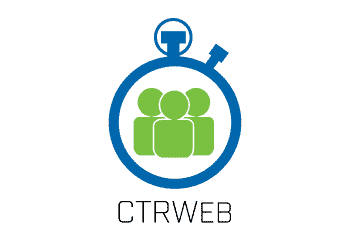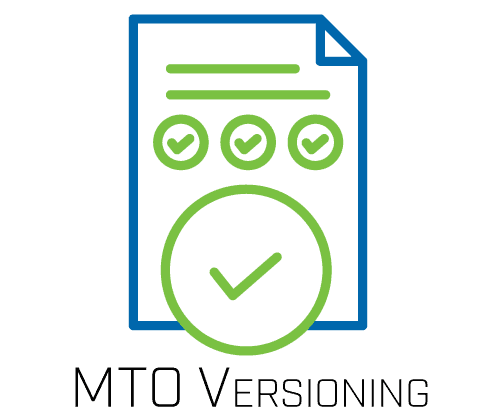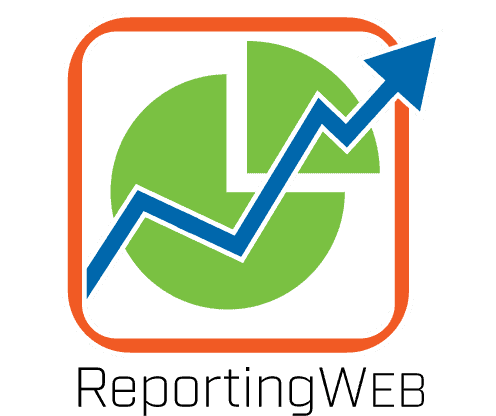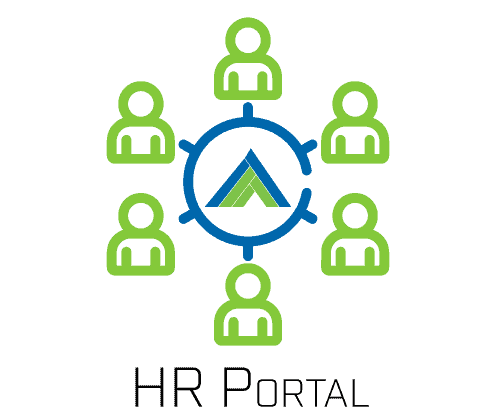INTEGRATED ENGINEERING CONSULTING
Evolution of the Project Execution
Plan (PEP) in Industry 4.0
approaches to reduce costs
The project execution plan (PEP) is a critical part of any industrial project.
The PEP describes the methods, processes, and procedures that will be used on the project. It provides the road map for the design development and strategies that the team will implement to achieve the project objectives.
And not unlike the folded paper maps that guided our road trips 10 years ago, industrial project execution planning has evolved. Today’s drivers have GPS navigation built into the dashboard or mobile device. Similarly, a modern PEP is powered by digitally enabled tools that enable new tactical approaches.

The View from 30,000 Feet isn’t Always Clear
This article examines how project execution planning has evolved for Industry 4.0. In the sector, where facility owners are in the midst of an important digital transformation, data-centricA data-centric outlook is a core concept in digital project execution architecture where data is viewed as the most important and perpetual … execution plans open up new ways to:
- Reduce costs
- Shorten schedules
- Improve quality
It’s easy to get lost in the jargon when reading about digital transformation. We hope to break through the fog by focusing on the PEP and sharing examples from our digital project experience.
The ground-level implementation perspective offered in this article should give your project team tangible ways to improve execution activities.

The Tools Behind Digital Project Execution
The tools we use to digitally manage projects at Vista are centralized in a shared database. This data-centric approach creates a single source of truthSingle source of truth (SSOT) refers to the practice of structuring information models and associated data schema such that every data ele… (SSOT) for the project team.
An industrial project has many moving teams that need to work in unison. The different groups involved in a project include:
- client representatives
- multiple engineering disciplines
- project services teams
- fabricators and vendors
- construction contractors
Effective and timely project communication across all teams is critical to avoid costly errors and rework. SSOT data architecture fosters a transparent and collaborative environment where everyone has on-demand access to information.
The tools and techniques behind the digital project executionDigital project execution (DPE) is a project management methodology that uses a data-centric approach to reduce project total-install-cost a… are important. The digital system enables the correct information to be communicated to the right recipient at the right time. Our digital project management ecosystem seamlessly integrates various applications.
This demo video provides an overview of Vista’s digital project execution workflow.
Consultation Request
Get started with our professional engineering consultants. Learn how we provide high-quality, fit-for-purpose process designs that keep your project on budget.

Project Execution Plan Comparison
There are many core components in a PEP, including the quality management system, scheduling and document control. This article takes a deeper look at the following project execution planning elements by comparing the traditional and digitally enabled approaches.
- Scope of Work and Deliverables List
- Resource Allocation and Scheduling
- Feedback Loops
- Materials Management
- Key Performance Indicators
- Recruitment & HR Planning
- Lessons Learned
Scope of Work and Deliverables List
Traditional Approach
- Rushed estimate preparation
- Varying template formats across disciplines
- Unclear documentation of assumptions
- Estimate inconsistencies
- Coordination challenges with cross-discipline deliverables
- Risk of missing scope details
Digital Approach
- Real-time estimate collaboration with all contributors sharing a clearly defined format
- Clearly defined assumptions, roles, and responsibilities within the estimate
- Limited “best-guessing” or assuming responsibilities or requirements
- Inputs and assumptions defined by each discipline
- Each activity defined on a deliverable basis
- Defined relationships between deliverables
- Highly reliable estimate
- Clearly identified project execution philosophy
Vista’s Application Solution
CTR WEB – a collaborative web-based tool to create robust resourcing estimates that align with project assumptions and scope requirements. The resourcing estimates are clearly documented and easily exported to be incorporated in the PEP.
Resource Allocation and Scheduling
Traditional Approach
- Enterprise resource allocation based on planning of individual discipline leads or managers
- Insufficient communication between projects, clients, and organizational needs
- Inefficient resource management (hiring, firing, resources not fit-for-purpose)
- Common misalignment between ongoing project demands and discipline resource supply
Digital Approach
- Project managers use web-based tools to outline project-by-project discipline requirements (demand) on an ongoing basis
- Discipline leads review project demands and ensure sufficient fit-for-purpose resource supply
- Dashboard reports allow users to easily identify supply gaps
- Corrective measures easily implemented to avoid project scheduling disruption
- Clear lines of sight ensure a one-team approach
Vista’s Application Solution
Forecast Web – a custom in-house application to coordinate baseline effort and duration plans. In this application, the project manager creates the demand for resources across the project, typically with a rolling 12-week lookahead.
The discipline leads then complete the forecasted supply by allocating specific resources to the project. The system allows for individual allocation tracking across projects and clients. With Forecast Web, our leadership can efficiently and transparently identify the project resource requirements. This ensures projects are always appropriately staffed.

Feedback Loops
A PEP identifies how project stakeholders will communicate feedback related to deliverables. The PEP should also outline the processes needed to track and incorporate the feedback in the work.
Traditional Approach
- Individual input gathered and evaluated sequentially
- Cyclical review process
- Disciplines capture and store data in silos
- Limited client feedback during early development phases
- Client reviews held until the design is polished
Digital Approach
- Design development is conducted in a shared database environment
- All project stakeholders have access to information from the project onset
- Concurrent design development process is conducted in parallel across disciplines
- Clients invited to collaborate throughout the design development process
Vista’s Application Solution
Progress Tracker – a searchable cloud-based interface to conduct real-time squad check and document reviews. Progress Tracker contains a full audit trail and is available to designated project team members and clients.
Materials Management
Traditional Approach
- Teams of people required to manage materials and vast MTO lists in spreadsheets
- Manual entry processes for updating and tracking
- Data entry prone errors
Digital Approach
- Material tracking systems upload information directly from design models
- Central database stores multiple data versions for seamless comparison
- System performs algorithmic verification to ensure data integrity
- Fuzzy algorithms sort data to eliminate repetition
Vista’s Application Solution
MTO Versioning – a customized in-house MTO management application pulls data directly from 3D model design applications. Users can generate customizable reports from the live data. Materials are segregated by type, size or work area. Teams can run version comparisons to evaluate the changes for effort checking or for generating revisions to past purchase orders.

Key Performance Indicators (KPIs)
A PEP describes how the team will capture the information required to track the project’s KPIs. Considering the client’s priorities, the execution plan outlines the reporting targets that project managers use to make important decisions.
Traditional Approach
- Cumbersome, time-consuming reporting cycles
- Completed for one set of boundary conditions
- Manual manipulation of reporting parameters
Digital Approach
- Automated format standardization and progress tracking (compare plan vs. actual)
- Data-centric environment allows easy manipulation of reporting parameters
- Robust reporting available in many role-specific perspectives
Vista’s Application Solution
Reporting Web – an in-house reporting portal that serves as the main interface for project management and leads. The portal dashboard pulls data from multiple data sources in real-time to provide granular details about:- Project costs
- Staff timesheets
- Performance against project plans
- Client specified KPIs

Recruitment & HR Resource Planning
Traditional Approach
- HR systems often inaccessible to individuals outside of HR
- Project managers unaware of SMEs within the organization
- Inefficient or unrequired hiring or outsourcing
- Difficult to maintain an organization-wide capabilities matrix as a company grows and team members complete professional development
- Potential for non-standardized hiring practices
Digital Approach
- HR system provides customized user-access levels to ensure only pertinent personnel information is available
- Proposal teams have access to HR database with personnel education, training courses, resumes and accomplishments
- Managers have access to team members’ employment status, role, org chart position, and performance management details
- Combined HR system and recruitment portal streamlines the hiring process
- Digital workflow fosters a collaborative hiring process with recruiters and hiring managers coordinating resume reviews, interviews, and offer letters
- Comprehensive screening process includes customized technical aptitude testing
- Highly standardized hiring practices
Vista’s Application Solution
Vista Recruiting + HR Portal + JazzHR (applicant tracking) + SparkHire (video interviews) – a customized interconnected technology stack provides access to comprehensive recruiting and HR tools that manage all aspects of employee engagement, from initial candidate screening to benefit coordination and everything in between.

Lessons Learned
Traditional Approach
- Lessons learned reviews not always conducted
- Records captured in inconsistent formats
- Information is not easily accessible
- Formal vendor and subcontractor evaluation is inconsistent or not always completed
- Future projects select vendors without considering past performance records
Digital Approach
- Simple database systems make all information accessible via a web interface
- Teams provide performance feedback across all project metrics
Vista’s Application Solution
Lessons Learned – a customized in-house application stores information related to quality, safety, communication, cost, and other metrics. The databases are live and searchable by keyword. Reviews are also completed for external suppliers to extend the opportunity to improve and aid in future subcontractor selections.

Power Your Digital Project Execution
Continuously improving project execution efficiency is easier with the proper digital tools and project management skills in place.
After years of refining our digital workflows and project execution strategies, we are constantly implementing new ways to improve efficiency. As a leader in digital project execution, Vista is an ideal partner to help you shorten project schedules and reduce costs.
If you would like help developing your digital project execution plan, contact Vista Projects today to schedule a consultation.
What Our Clients Say

Consultation Request

Chad Radke
Director of Projects


